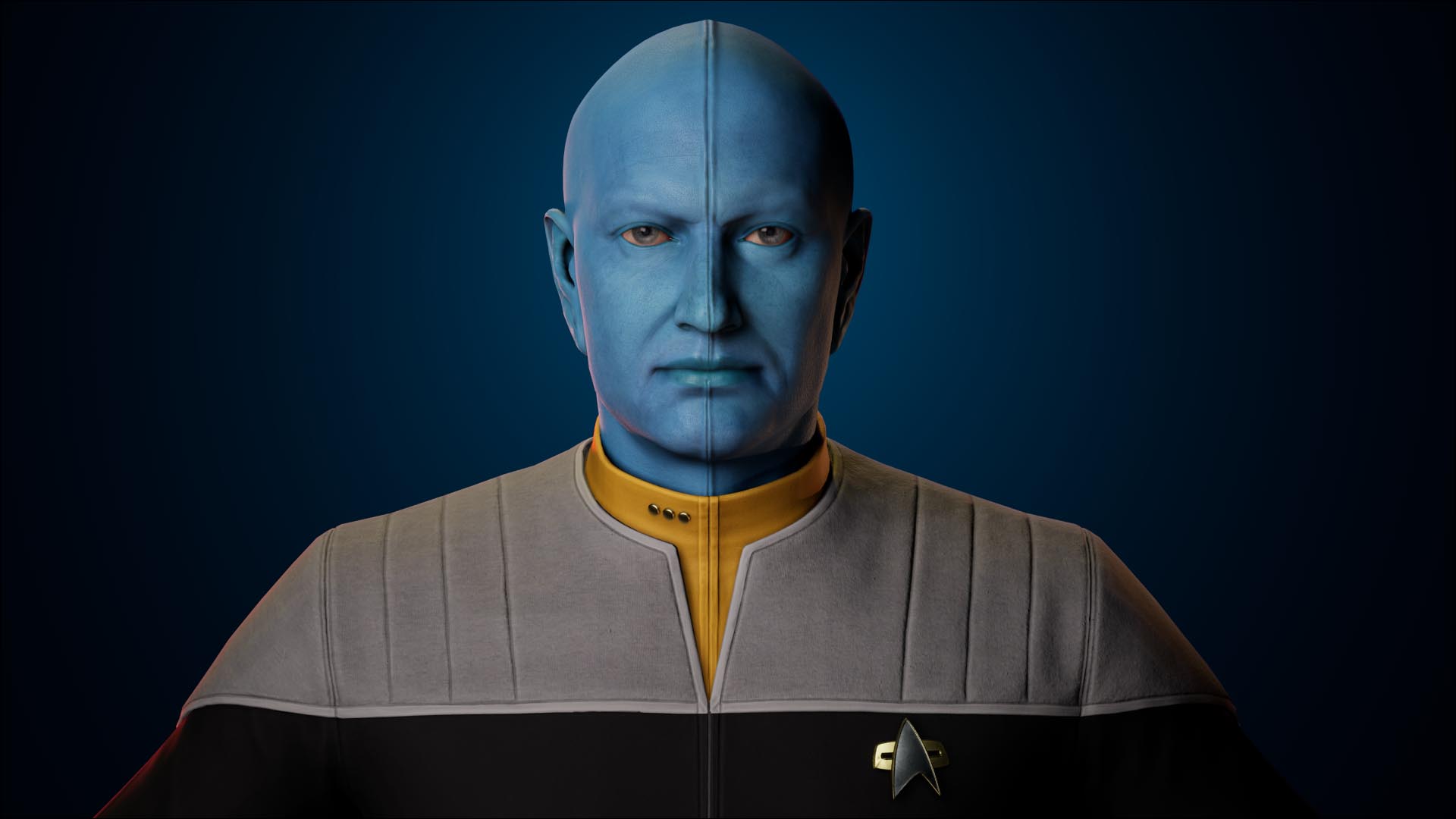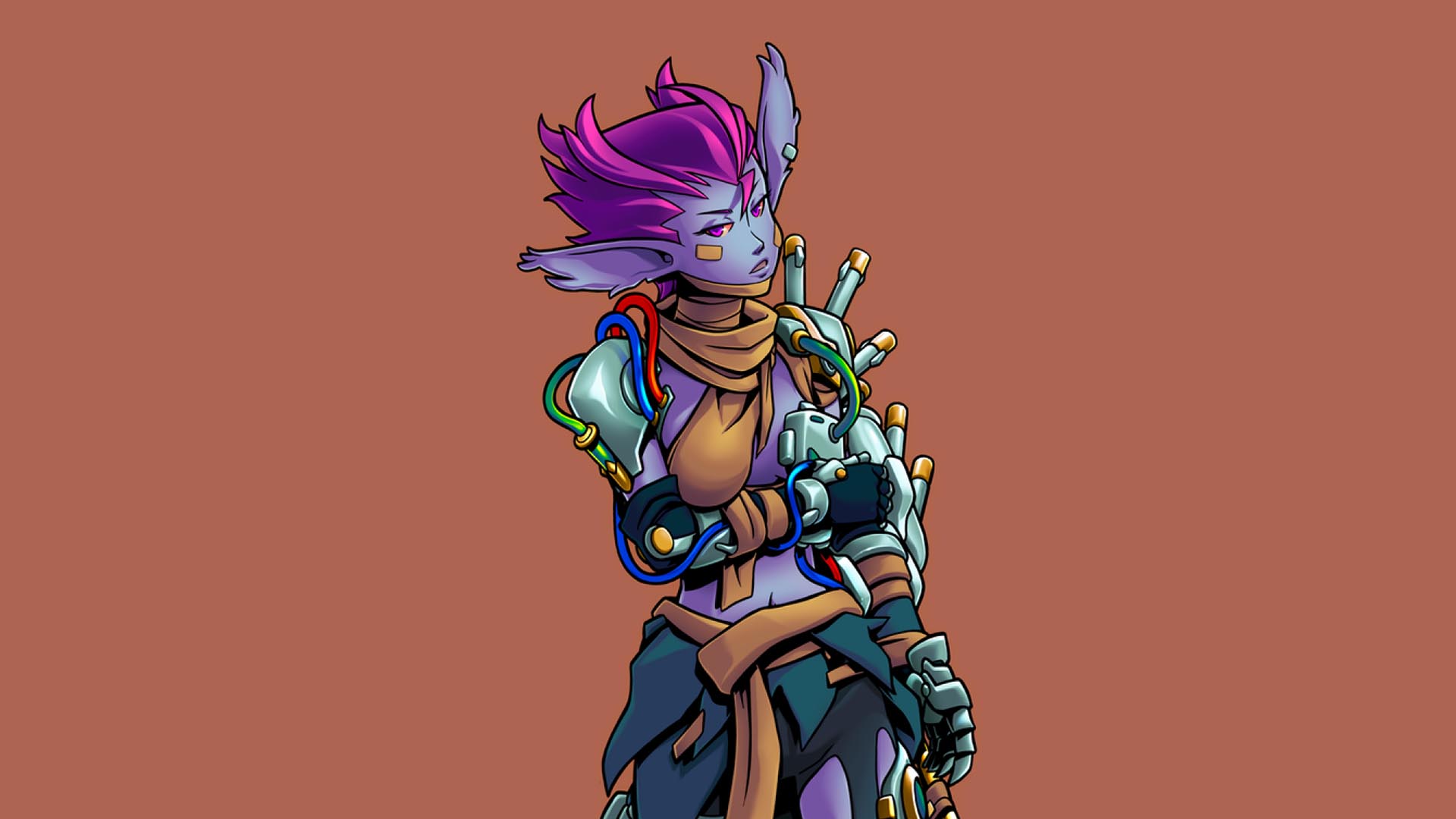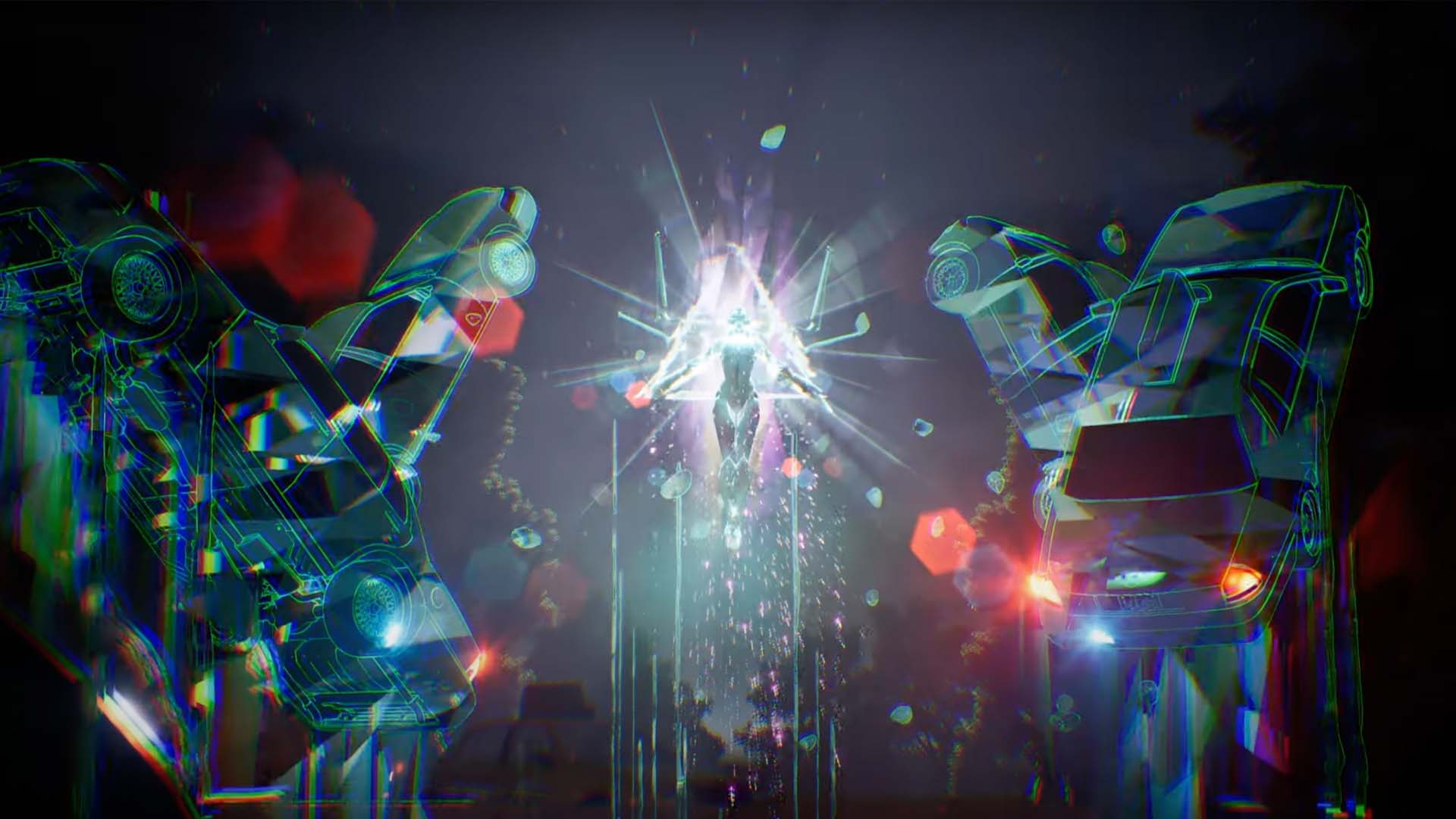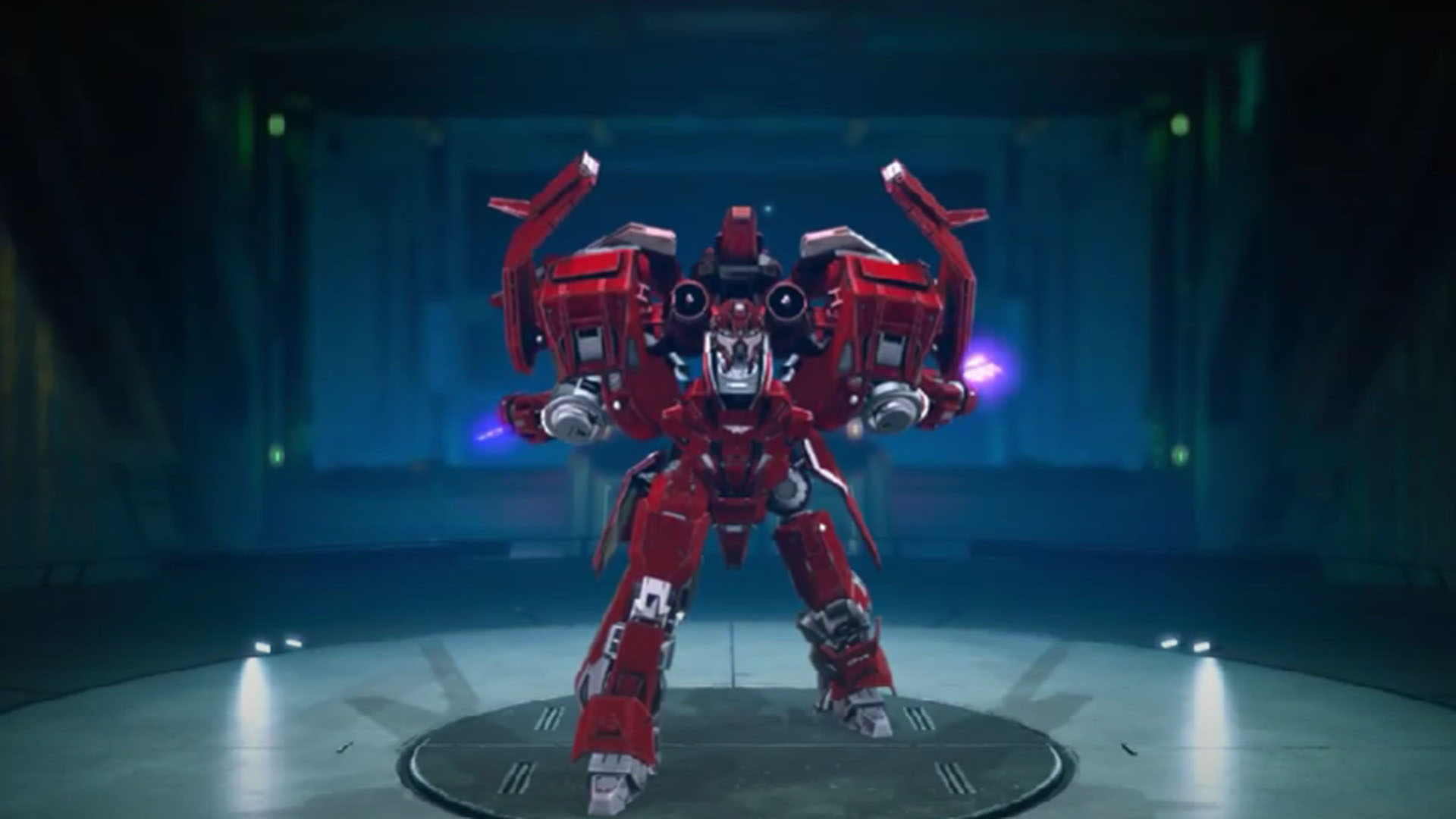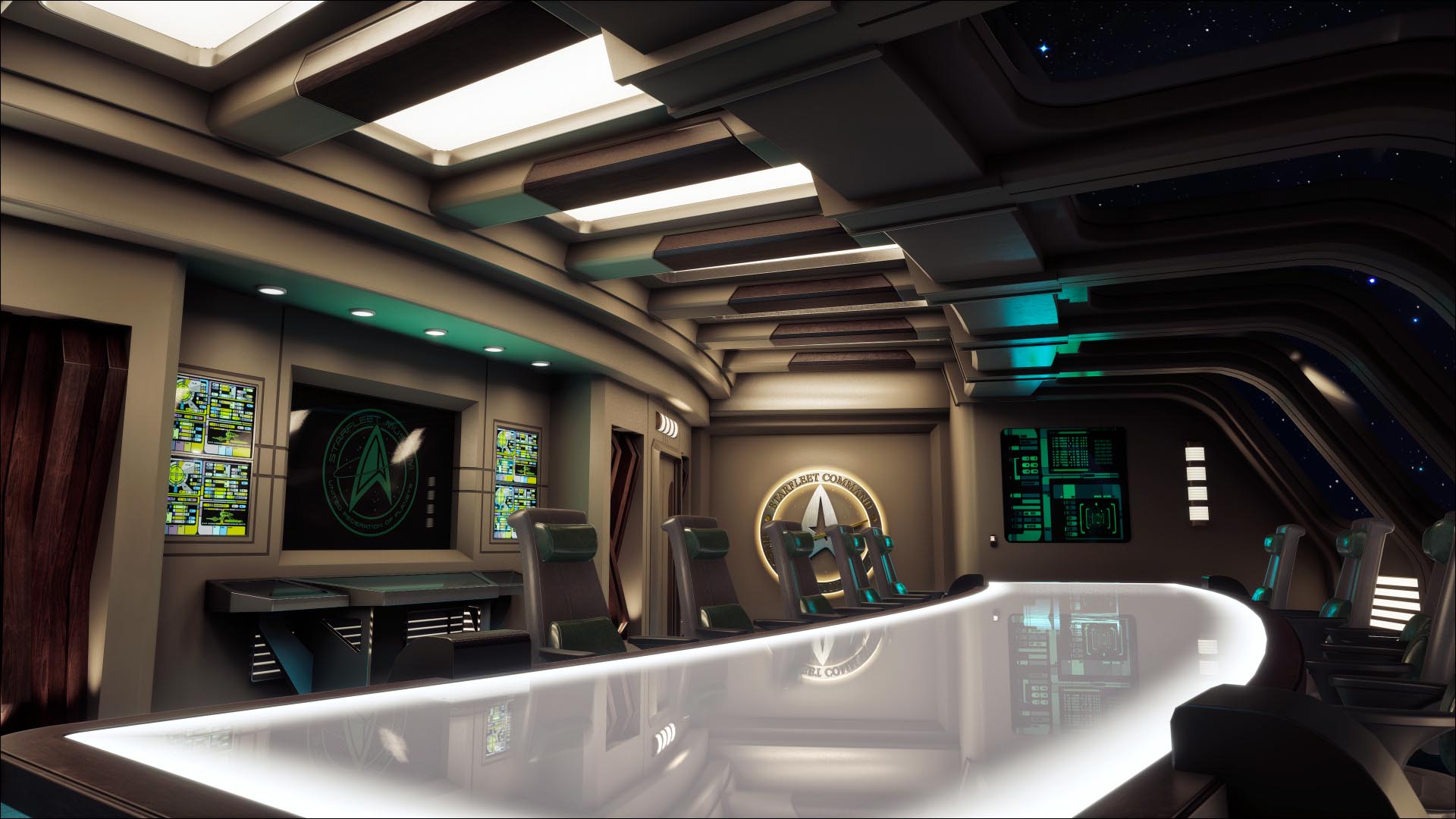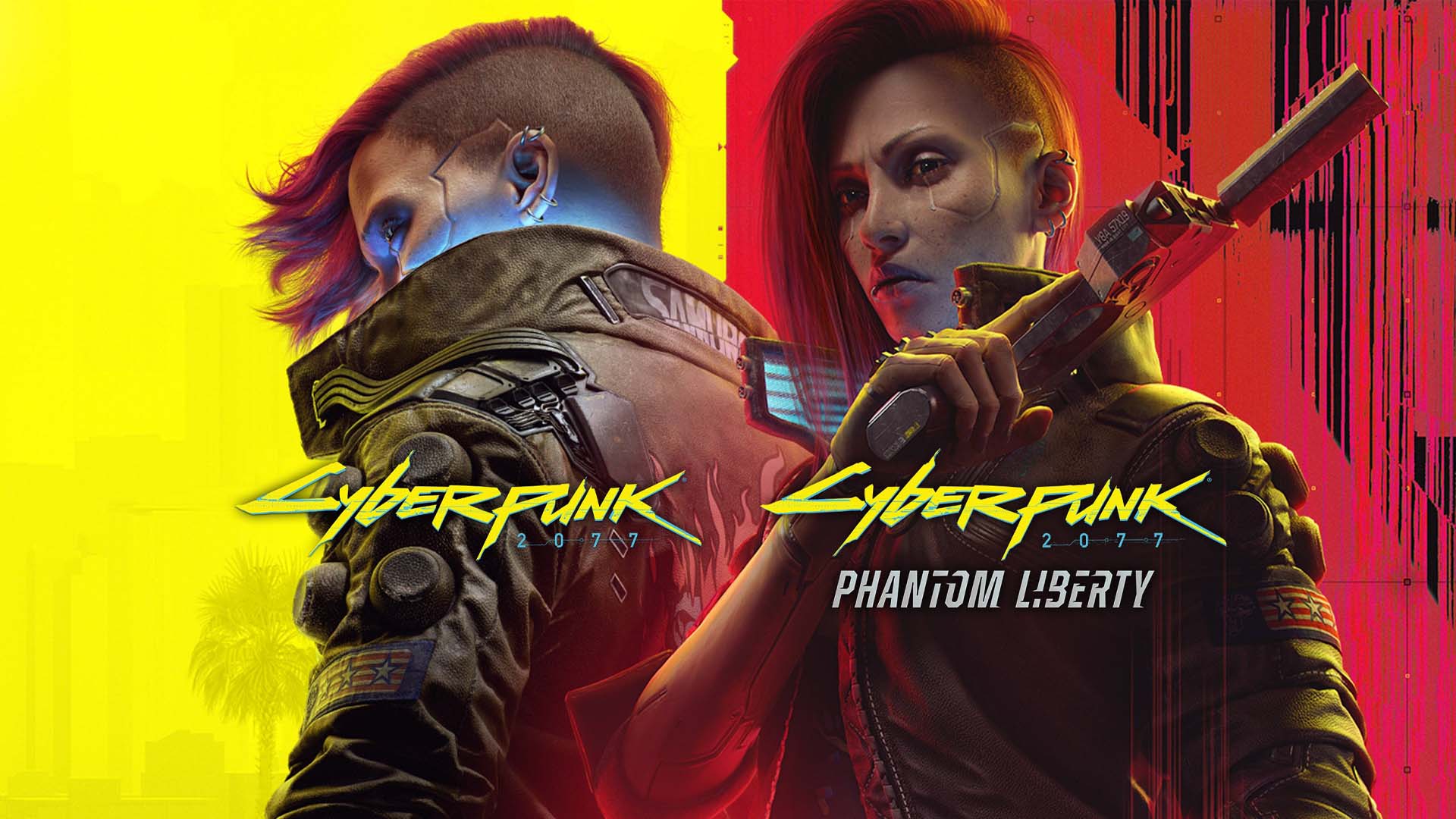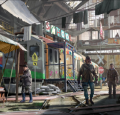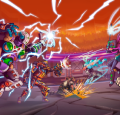For the latest entry of our Day in the Life series, we’re stepping into the world of one of Magic Media’s talented 3D animators, Bojan Andonovski. The work of a 3D animator is nothing if not varied, as Bojan told us, with every project bringing something different to the table and presenting varying creative opportunities. From game animation to even film and television project animation, there is no ‘normal’ day for Bojan, whose work differs frequently depending on client needs and how our projects are progressing.
What is a 3D Animator?
3D animators bring scenes to life in games, film, television, and other projects by giving characters movement and actions. As Bojan puts it, animators breathe life into scenes, and it can be rewarding to see your work play out in video game or movie scenes. Tasks for 3D animators can often include creating walking and running cycles for characters, animating visual effects, and creating character actions such as attacks, jumps, and more advanced movements. 3D animation requires collaboration with other teams, such as art, design, and narrative, to ensure animations are consistent with the project’s cohesive vision.
A Typical Day in 3D Animation
For Bojan, the day usually begins by checking in with projects and colleagues to see if there are vital project updates he needs to be aware of for his work. Beyond this, Bojan needs to weigh his various tasks and prioritize them accordingly. Bojan works as an animation lead, so he will more often than not prioritize tasks where other people are dependent on him for feedback or opinions. After this, he will carry out his technical tasks, such as keyframe animation, engine asset implementation, and character rig inspection. If he has any time remaining in his day, he does his best to keep up to date with the animation industry and learn about the latest workflows and plugins that could be useful.
Project Work as a 3D Animator
Work as a 3D animator varies from project to project, but Bojan says there is something of a general approach that can be pointed to. At the start of any project, we review client requirements and the feel that the project requires. From here, 3D animators will gather references – either existing images or even recordings of the animators themselves carrying out actions for reference. After the asset has been imported into Maya or another platform, the animation process tends to follow a three-phase process.
The blockout phase is the first, where Bojan will determine the timing between key poses. Following this is the spline phase, where the 3D animator will polish the animation so that there are more fluid movements in between key poses. The final phase is all about refinement, where Bojan will refine the key poses, add secondary animations, and overall liven up the scene. Depending on the project, some phases will be prioritized higher or even largely skipped if extensive work for the phase isn’t required. After each phase is completed, the animation lead will review the work and provide feedback where necessary, or otherwise approve it if changes aren’t required.
The 3D animation pipeline isn’t without its challenges, Bojan says. Sometimes, a project’s direction can change midway during production which necessitates changing existing animations. On a technical level, character rigs might not always facilitate the animations required for the project, leading to some additional collaborative work with the rigging team.
What’s Needed to be a Successful 3D Animator?
Being a successful 3D animator is more than just mastering Maya and ZBrush. While mastering industry-standard software is extremely important, animators should have sound knowledge of the principles of animation and also take care to properly read references. Bojan says that some people are naturally able to understand references, though anyone can be taught how to do it. Regarding references, Bojan would encourage animators to learn how to act out expressions, movements, and actions to help with references. It’s all about creating great scenes and shots, and sometimes self-recordings are necessary to have solid references.
Furthermore, 3D animation requires frequent collaboration with other departments, so refined communication helps significantly. Each branch of the 3D pipeline on any given project needs to communicate clearly and often to create a good product. It necessitates a lot of back-and-forth communication, which can build a foundational level of trust between colleagues and lead to better collaboration.
Magic Media offers countless expert services for the gaming, entertainment, and tech industries. Our range of services includes but is not limited to full-cycle game development, game trailer production, game VFX, and of course, stellar animation services. Reach out today, and let’s create magic!

